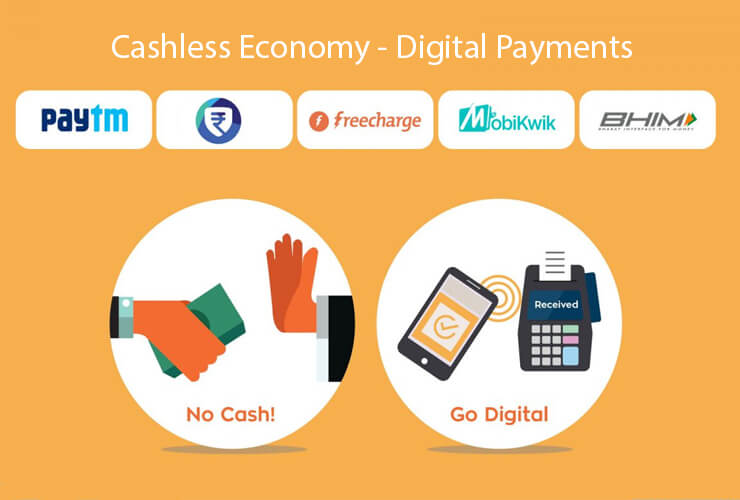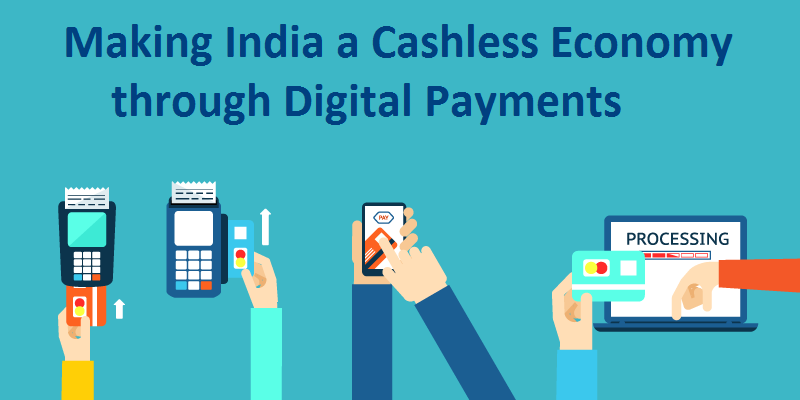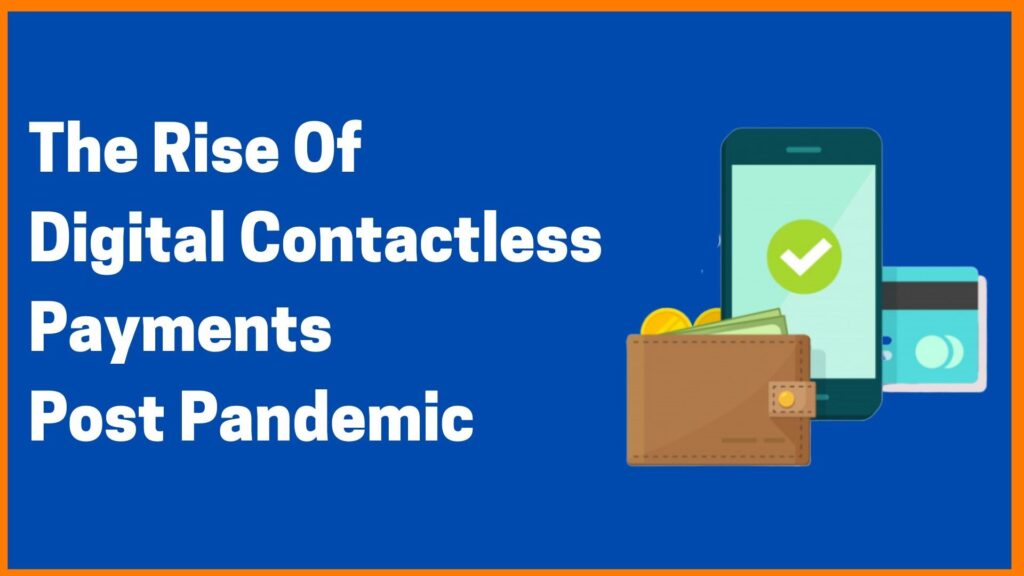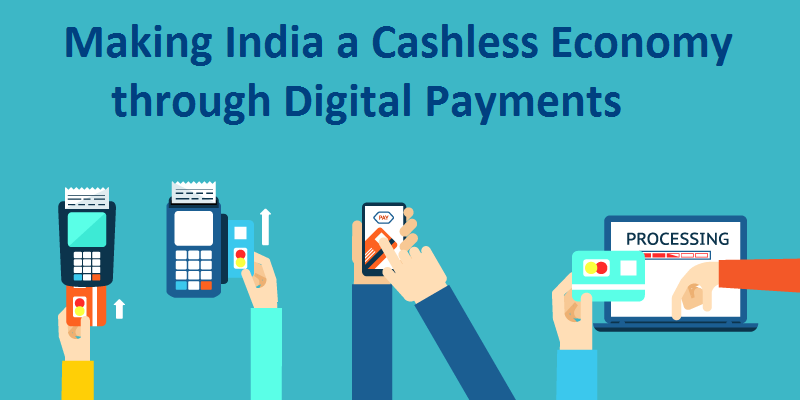AUTHOR : KIM FERNANDEZ
DATE : 14-12-2023
In the dynamic landscape of financial transactions[1] in India, the advent of payment processors[2] has revolutionized[3] the way people handle money. With an increasing emphasis on contactless payment methods, this article explores the evolution technologies[4], benefits, challenges, and future trends[5] in India.
Evolution of Payment Processors
Traditionally, cash transactions dominated the Indian economy. However, the rapid evolution of payment processors has led to a significant shift towards digital transactions. The ease and speed of these modern methods have reshaped how individuals and businesses conduct financial transactions.
Contactless Payment Defined
Contactless payments[1] involve transactions made without physical contact between the payment device and the point-of-sale terminal. This method utilizes technologies such as Near Field Communication (NFC), QR codes, and mobile wallets, providing a faster and more convenient alternative to traditional payment[2] methods.

Contactless Payment Technologies
NFC Technology: Near Field Communication[3] enables two electronic devices[4], such as a smartphone and a point-of-sale terminal, to communicate when they are in close proximity.
QR Code Payments: Quick Response (QR) codes facilitate seamless transactions by scanning codes using a smartphone camera, eliminating the need for physical cards.
Mobile Wallets: Apps like Paytm, Google Pay, and PhonePe allow users to store card information securely and make payments using their smartphones.
Leading Payment Processors in India
In the highly competitive landscape of payment processors[5], major players such as Paytm, PhonePe, Google Pay, and others not only dominate the market but also possess substantial market shares and extensive user bases, further fueling the widespread adoption of digital transactions across the nation.
Benefits of Contactless Payments
Contactless payments offer unparalleled convenience for consumers, allowing them to make swift transactions without the need for physical currency. The efficiency of contactless payment processors and contactless payment methods in India, coupled with enhanced security features, makes contactless payments an attractive option for individuals and businesses alike.

Challenges and Concerns
Despite the advantages, challenges persist in the contactless payment ecosystem. Security issues, including the risk of unauthorized transactions and the need for increased user awareness and education, represent ongoing concerns that need addressing.
Government Initiatives and Regulations
The Indian government has been proactive in promoting digital transactions, introducing initiatives and regulatory frameworks that support the growth of contactless payments. These measures aim to create a secure and conducive environment for the widespread adoption of digital financial transactions.
Business Adoption of Contactless Payments
Various industries, from retail to hospitality, have embraced contactless payment processors and contactless payment methods in India to streamline transactions and enhance customer experiences. The positive impact on businesses includes increased efficiency, reduced transaction times, and improved customer satisfaction.
Consumer Trends and Preferences
Changing Payment processor Contactless Payment Methods In India, habits among consumers reflect a growing preference for contactless payments. Factors such as convenience, speed, and security play pivotal roles in influencing individuals’ choices of payment methods.
Case Studies
Examining successful case studies not only provides insights into how businesses have benefited from adopting contactless payment methods but also highlights the real-world examples that offer valuable lessons and best practices for organizations looking to integrate these technologies. By delving into these instances of success, companies can gain a deeper understanding of the potential advantages and challenges associated with the implementation of contactless payment solutions, ultimately guiding them toward informed and strategic decisions.
Future Trends in Contactless Payments
The future of contactless Payment processor Contactless Payment Methods In India in India holds exciting possibilities. Innovations in technology, coupled with emerging trends, suggest a continued evolution towards more seamless, secure, and efficient payment methods.
Security Measures in Contactless Payments
To address security concerns, robust measures such as encryption, tokenization, and two-factor authentication are implemented in contactless payment systems. These safeguards aim to protect users and ensure the integrity of financial transactions.

Promotion of Financial Inclusion
Contactless payments contribute to financial inclusion by reaching the unbanked population. The accessibility of digital financial services plays a crucial role in empowering individuals and communities and fostering economic growth.
Conclusion
In conclusion, the integration of contactless payment methods within the payment processing landscape in India signifies a transformative era in financial transactions. The convenience, efficiency, and security offered by these methods, coupled with government support and business adoption, paint a promising future for digital payments in the country.
FAQs
- Are contactless payments secure?
- Yes, contactless payments incorporate security measures such as encryption and tokenization to ensure the safety of transactions.
- Which are the leading payment processors in India?
- Paytm, PhonePe, and Google Pay are among the prominent payment processors dominating the Indian market.
- How do contactless payments contribute to financial inclusion?
- Contactless payments make financial services accessible to the unbanked population, promoting economic inclusion.
- What are the future trends in contactless payments?
- The future holds innovations in technology, creating more seamless, secure, and efficient payment methods.
- How can businesses benefit from adopting contactless payment methods?
- Businesses can experience increased efficiency, reduced transaction times, and improved customer satisfaction by adopting contactless payment methods.







